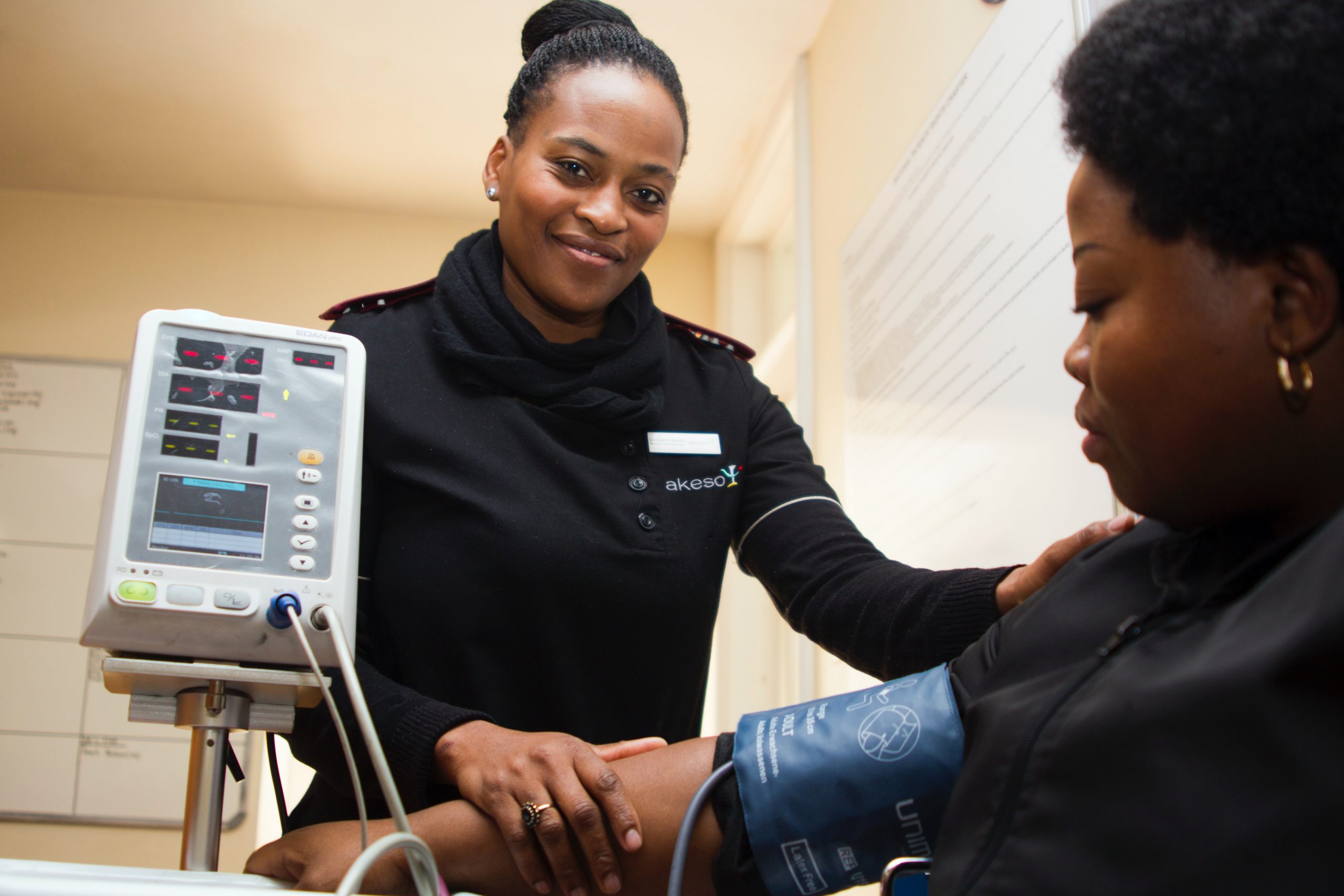What happens when you stumble upon someone who is going into cardiac arrest? In most cases, you should perform CPR (cardiopulmonary resuscitation). In doing so, you essentially triple the individual’s chances of survival.
While many people have been trained on the proper CPR technique, most have never had to use this knowledge in real life-or-death situations. Some do not know how to administer it at all. Either situation is problematic as improper CPR can be ineffective and unnecessarily put a person under greater risk.
For that reason, it pays to refresh one’s mind once in a while about how to carry out the procedure and know exactly what to do once someone enters cardiac arrest.
What you should do when someone enters cardiac arrest
Apart from knowing the proper technique, a person must also know when CPR is actually necessary. In the case of cardiac arrest, one needs to know the signs and symptoms to quickly identify what is going on and carry out the procedure appropriately.
These symptoms can include a weak or absent pulse, slowed or stopped breathing, and loss of consciousness. That said, there are a few signs that can also occur before, such as dizziness, chest pain, vomiting, fainting, and fatigue.
Once the above signs have been quickly identified, it can be safely assumed that the individual is undergoing cardiac arrest and needs immediate attention. At that point, dialing emergency services is a must-do—and as quickly as possible. This reduces the time it will take for emergency workers to arrive at the scene and carry out the necessary actions to save the individual’s life. In the meantime, those at the scene should start performing CPR immediately.
A while back, CPR was usually done by pumping the chest and giving mouth-to-mouth. However, this has long changed to hands only, meaning that CPR must only be administered with pumps on the heart. To properly do this, one must first place their hands on a person’s heart, in which the heel of the hand is directly on top of the heart. Next, the pumping follows. This is done hard and quickly at approximately 120 pumps per minute, which is around two pumps per second. Also, the pumps should compress the chest around one to two inches down.
This might seem severe and painful to the individual, but know that this is the difference between a person surviving or not. With that said, if the person administering CPR grows tired, he or she must quickly be replaced with another able person.
Conclusion
The difference between someone living their full life or prematurely meeting their end can be another individual’s ability to administer CPR quickly and correctly. If you are not updated on the latest CPR practices or do not know how to do it, you must teach yourself or learn from a professional. You never know when you need it, whether you are walking in the park and see a stranger collapse or one of your family members suddenly falls to the floor in your home.
Are you looking for healthcare news and more? Dose of Healthcare has plenty of articles for you to check out. Browse our archives for more resources.


















